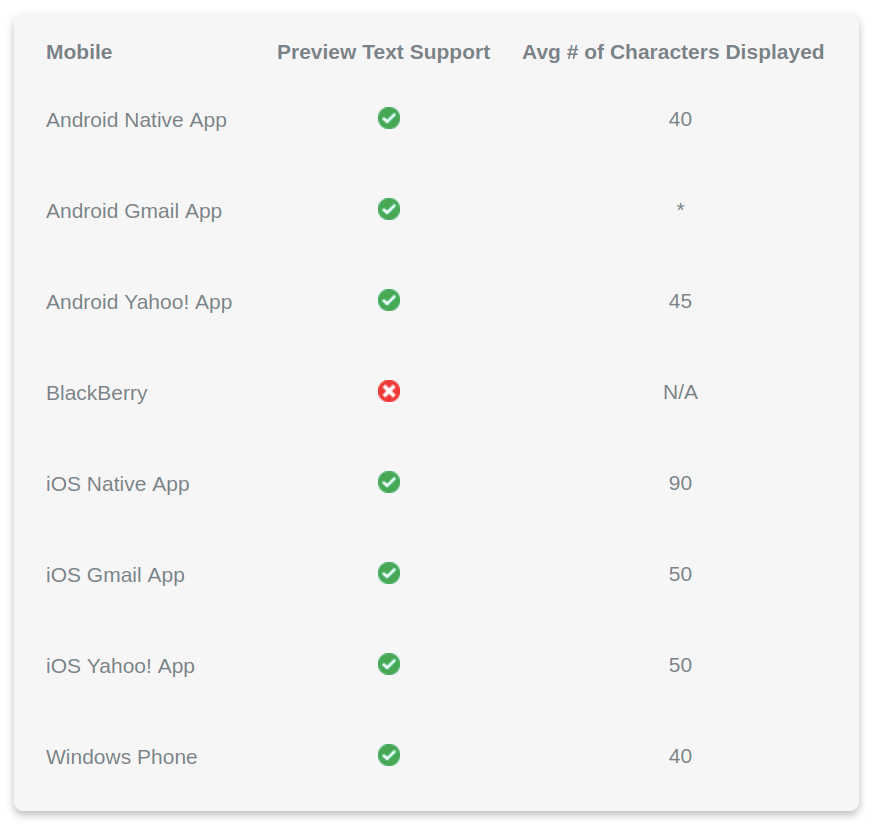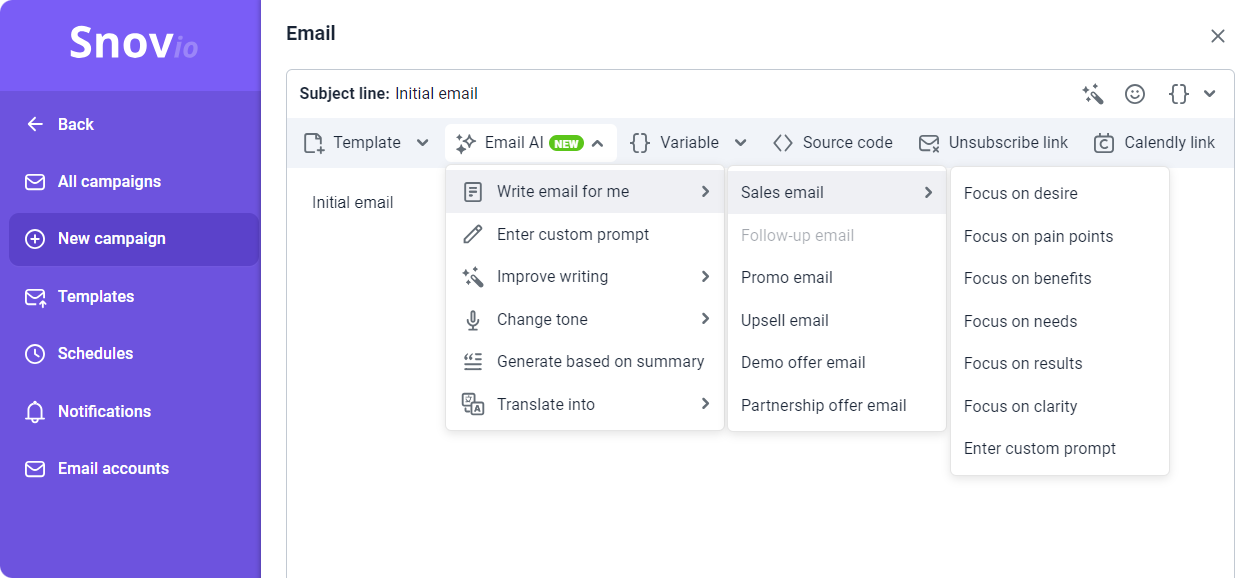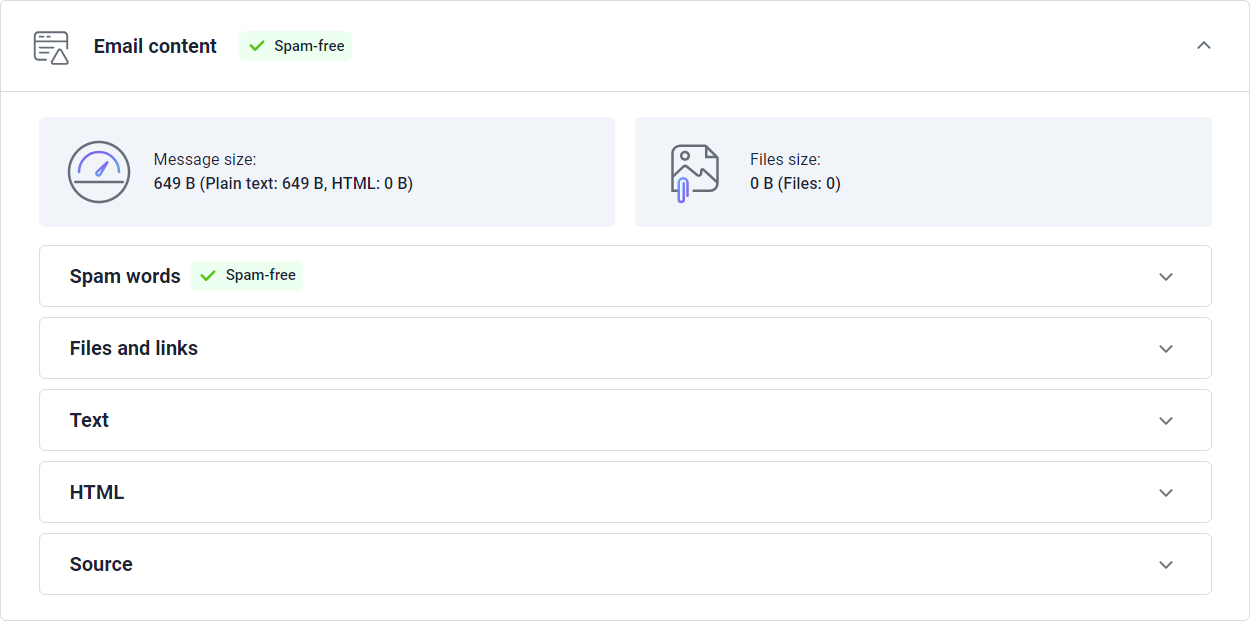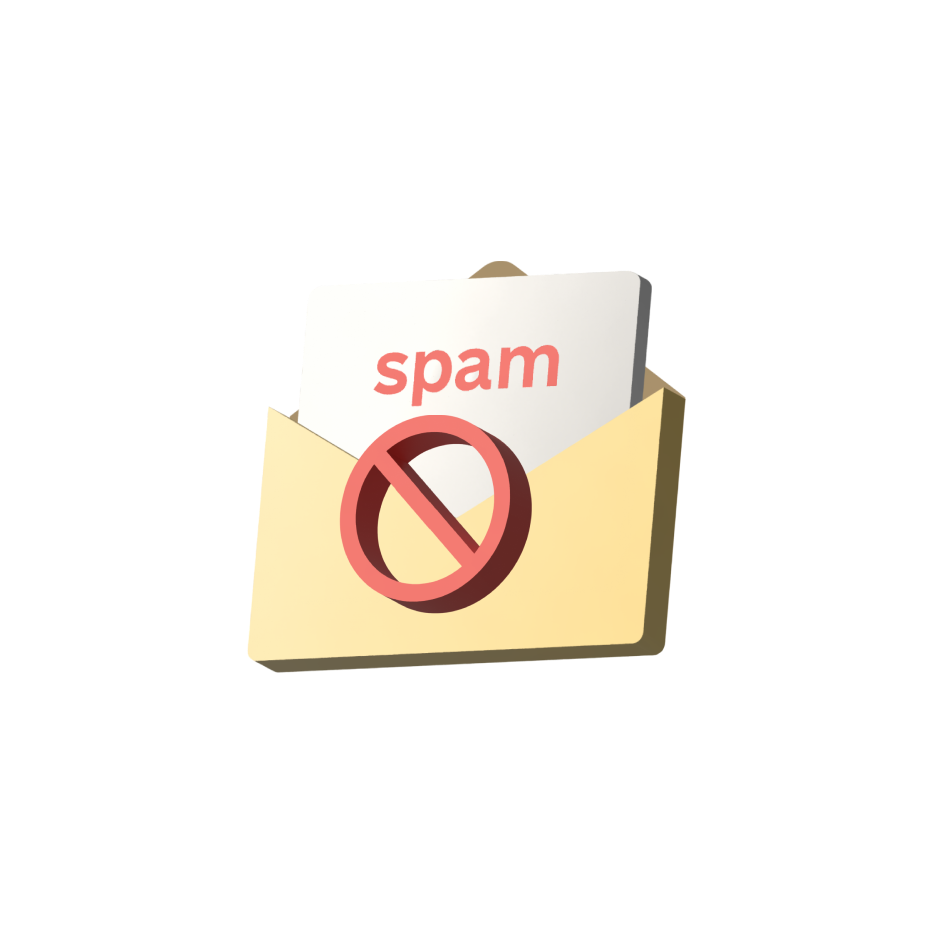Email marketing comes with a grain of unpredictability. Even if you do everything correctly, write the best email copy possible, and provide valuable content, people still might unsubscribe. Why?
We could say “Who knows!” and just end the article here, but the truth is there are reasons you may have overlooked, and to lower your unsubscribe rate you should identify and solve them. If you’re not meeting the average unsubscribe rate of 0-0.5%, here are 9 ways how you can reduce email unsubscribe rate and keep your subscriber base happy.
Outline:
1. Permissions
2. Email frequency
3. Segmentation
4. Content
5. Mobile optimization
6. Personalization
7. Spam check
8. Direction change
9. Change your view on email unsubscribe rate
1. Permissions
It’s not uncommon for email marketers to believe any sign-up or even good targeting means they have an automatic carte blanche to send any email campaign they want to achieve their goals. And sometimes, customers do provide consent at sign-up without fully understanding what that entails.
However, this lack of explicit consent or understanding can lead to misunderstandings when a customer ends up having to deal with persistent email communication. And the first instinct when facing emails you don’t want or even remember subscribing to? Unsubscribe.
How to reduce email unsubscribe rate through explicit opt-ins:
Reducing unsubscribe rate in this case is all about showing respect and asking for explicit consent to receive emails. This can be done either through specific newsletter sign-up forms or, in the case of cold emailing, asking your recipient for consent to write again. As you do so, don’t forget to actually show potential opt-ins what value they will receive from subscribing.
Please note, this doesn’t mean you will eliminate all possibility of someone unsubscribing in the future. It does, however, mean that your recipients will now be those who are actually interested in receiving your emails and have a higher chance of becoming loyal users/clients, and your email unsubscribe rate will be consistently low.
2. Email frequency
Email marketing should always be about quality over quantity. That said, who doesn’t want to be the first email greeting the recipient in their Inbox in the morning.
This logic leads to brands bombarding their subscribers with daily emails, the only purpose of which is to be seen and to sell, not improve customer loyalty through valuable content. As a result, subscribers not only lose their loyalty, but can become increasingly annoyed with the brand, leading to high spam report rate and high email unsubscribe rate.
|
💡About 44% of recipients unsubscribe because they get emails too often. That’s almost half of all unsubscribes! |
How to reduce unsubscribes by fine-tuning email frequency:
We have created a detailed guide on email marketing frequency for low unsubscribes and high open rate, which you should absolutely check out.
But the gist of it is this: if you want to make sure your email is always in the inbox at the right time, you need to choose the frequency based on your business (B2B or B2C), product type, and relationship with the subscriber, and know the best time to send emails (and yes, we give the exact day and time for maximum opens and conversions ?).
Yet, my final advice is this: always ask yourself whether you actually have something to say with your email or are you sending it just because you have to?
3. Segmentation
Nothing is less exciting than an email that doesn’t even appeal to your needs and desires. And while you may forgive one generic email, a consistent stream of emails that don’t reflect your interests will sooner or later make you hit the unsubscribe button. The problem? Wrong segmentation and personalization, leading to low open and click-through rates, and high email unsubscribe rate.
How to reduce email unsubscribes through segmentation:
Segmentation is a must in any marketing campaign and is especially relevant for channels as personal as email. Split your audience into as many groups as possible using the following parameters:
- Preferences and needs: if your product has something for both CEOs and freelancers, divide your audience accordingly to be able to cater to the needs, interests, schedules, values, and desires of each group; this will help you avoid sounding too generic in your emails, and craft email copies that actually convert.
- Topics of interest: even if your target is a one-person army, you can still split your audience according to their interests. If you’re having a hard time automatically segmenting your audience by interests, allow subscribers a choice of topics they’d like to receive content on at the sign-up.
- Location: not only will this let you choose the best time to send your email, but also customize your email according to the cultural specifics of each group.
These are just a few characteristics you can use to segment your audience. You can use any other data you have collected about your subscribers to create even more specific segments.
Catering to the needs of your recipients and making them feel like your emails are specifically crafted for them will help bring down your email unsubscribe rate.
4. Content
Unique, expert content is always popular, no exceptions. A slump in content quality in your emails usually comes from the previously mentioned incorrect email sending frequency: having to put out a daily or weekly newsletter, marketers often scramble to create content that will catch the eye of the recipient long enough to notice their offer.
If you’re wondering why people unsubscribe from your newsletter, realize your content must come under scrutiny first.
How to stabilize unsubscribe rate with quality content:
Don’t share content just to create an illusion of a consistent newsletter. Your recipients will know exactly what’s happening and won’t take long to unsubscribe. Instead, take your time creating unique shareable content. This can be in-depth articles, listicles of actionable tips and useful resources, downloadable freebies and article compilations.
This is once again a case of quality over quantity. Research and analyze your audience’s interests and preferences, and use the content you share to nurture them into becoming loyal customers.
|
Did you know you may create an impeccable email copy with Snov.io AI Email Writer? All you need to do is to mention what’s special about your brand and offer, and the tool will create a well structured, personalized email with an engaged subject line in seconds:
You can choose among a variety of instructions (e.g. write an email, enter custom prompt, change tone, etc.), email types (sales email, upsell email, follow-up, etc.), and email focus (e.g. focus on pain points, focus on needs, etc.), to make the email copy most relevant to your goals. |
5. Mobile optimization
According to a survey by Adobe, 81% of emails are checked on mobile devices, which is why mobile optimization is now a key element of any email campaign. After all, if an email never displays correctly, what’s the point of staying subscribed?
How mobile optimization reduces unsubscribes:
There’s a few things to consider when we talk about mobile optimization. Regardless of whether you’re using plain-text emails or HTML templates, you need to shorten your subject line and preheader to make it displayable on mobile devices. Keep your subject lines under 30 characters, and preheaders intriguing enough for subscribers to want to open the email.

* Varies depending on the subject line length.
Source: Litmus
When it comes to the email body, however, HTML templates might cause trouble. While plain-text emails adapt to a device automatically, HTML emails can behave unexpectedly. Therefore, always test your email on various devices before sending, or use email testing tools like Litmus to see how your email will be displayed to the recipient.
6. Personalization
Every guide and article on email KPI optimization will definitely mention personalization as a must-have step in your email.
|
💡 88% of users agree they are more likely to respond to an email favorably if it looks like it’s been specifically created for them. |
However, personalization doesn’t just come in the form of a recipient’s name – it can be any information you have about your prospect, like their job position, important events in their life, a milestone in your service, and so much more.
How to use personalization to reduce email unsubscribe rate:
Every person is unique, so treat them accordingly. Each bit of information you use will pay off, as long as you don’t overdo it. An easy way to incorporate personalization into you emails is to use cold email software that offers custom variables option, like Snov.io, because it saves you time, it’s scalable, and it makes your emails looks human.
Personalized emails don’t just perform better in terms of open rate and CTR, they also show lower unsubscribe rates. After all, 72% of customers will only interact with marketing messages if they are personalized. So, a personal touch might be just what your email needs to move the recipients attention away from the unsubscribe link and to the CTA button.
7. Spam check
I’m not talking about your usual spam check here, we’ve covered that in detail in our guide to avoiding spam filters. This point is more about how your emails come across to the recipient if they do get past the filters and land in their inbox. Does your offer sound realistic, professional, and neat enough for the recipient to see it as valuable? Or does seem a little sketchy?
Reducing the email unsubscribe rate through spam checks:
Even if your email gets past the spam filters, it doesn’t mean it doesn’t contain spam words. And very often those words act as the power words’ evil twin – they put in question your professionalism, your product, and your methods.
Therefore, always check you email for spam trigger words, analyze if you email looks professional and doesn’t break any basic design rules, and finally, see if there’s anything about your offer than raises a lot of questions but doesn’t provide answers. This quick check can help reduce spontaneous unsubscribes.
|
Snov.io Deliverability Check can help you test your email content to ensure it is free from spam-triggering words or phrases, minimizing the risk of being flagged by email providers. Just add the email content for the check (you can select from three options: AI-generated content, template, or own email text), and the tool will do a comprehensive test for you:
|
8. Direction change
One of the top two reasons why people unsubscribe from email is because your content is no longer relevant for them. Can you securely say you’re delivering the same content you did a year ago? Two years ago? How about 10? It’s okay for a company to change direction or product priorities. Just make sure your subscribers are on the same page.
Reducing email unsubscribes through consistent nurturing and onboarding:
If your company drastically changes direction, there’s no way you can avoid a high unsubscribe rate. However, if you know you’re slowly shifting in a different direction or looking to promote a different side of your product or service, make sure you gradually start presenting it through the lens of your subscribers’ needs.
This way, you’re more likely to convert your subscribers to a new direction – after all, you are still solving their problems and fulfilling their needs, even if you’re not providing the same content.
9. Change your view on email unsubscribe rate
Not too long ago, I got a question from an email marketer friend who seemed really distressed over their unsubscribe rate. According to them, every email campaign resulted in an unsubscribe rate of about 1%, which seemed a bit higher than the average for their industry.
I asked them to look a little closer into who the unsubscribers were: are they big clients? Smaller, but consistent buyers? One-time purchasers? It turned out most of the unsubscribers have never made a single purchase and were mere lurkers.
This drastically changed how they viewed their unsubscribes – after all, providing an unsubscribe link ended up being a self-cleaning solution for their subscriber lists, as most of the unsubscribed would never have made a single purchase or become loyal clients.
So, don’t be scared of a consistent unsubscribe rate if it doesn’t go wildly above the average unsubscribe rate in your industry – your list is most likely cleaning itself of those who were never engaged enough to make a purchase anyway.
There’s many ways to fight high email unsubscribe rate
…But it doesn’t mean you should.
Using any of the mentioned solutions can only improve your emails. A loyal subscriber base can be honed with regular (but not daily) emails that are personalized, cover the points your subscriber is interested in, and bring valuable content. That said, your email unsubscribe rate is unlikely to ever stay at 0%, and neither should it – your subscriber list cleans itself from those who are unlikely to become loyal customers.






